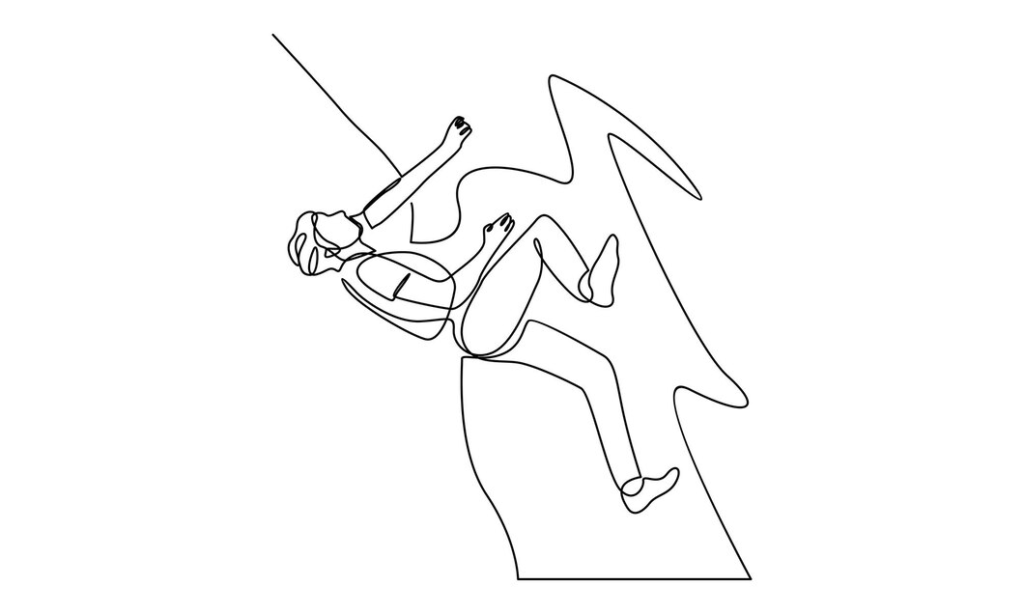Have you ever looked at your trades and thought, “I should’ve just stayed out today”?
As traders, especially in the high-energy Indian stock market, we’re conditioned to always be doing something. We think more trades = more chances. But what if I told you the real pros know when to do nothing?

That’s right. The ability to “be flexible enough to stand aside” is one of the most underrated yet powerful traits a trader can have.
Let’s break this down like a mentor guiding you after a rough trading day.
“When Not to Trade”: The Hidden Wisdom
Everyone talks about when to enter. Hardly anyone talks about when not to.
Markets aren’t always fertile ground. Sometimes, sitting out is a strategy, not a sign of weakness.
Real-life example:
Ravi, a full-time trader in Pune, noticed that during budget week, his setups failed. After two painful days of losses, he stepped back, observed the chaos, and chose to stay out. That decision alone saved him from wiping out weeks of profit.
“In trading, your silence can be more profitable than your noise.”
Signs you should consider standing aside:
- Market conditions are choppy or directionless
- You’re unsure about your setup or analysis
- Major news events creating unpredictability
“Mental Fatigue in Trading”: When Your Brain Says No
Ever tried making sharp decisions when you’ve barely slept? Trading in that state is like driving blindfolded.
Your mindset is your greatest asset. When it’s drained, emotional trading creeps in.
Symptoms of mental burnout in trading:
- You’re irritated by small moves
- You second-guess everything
- You’re chasing trades, not planning them
Personal note: Many Indian traders, especially those juggling jobs or businesses, try to force trades after exhausting days. That fatigue converts into {emotional trading}, leading to losses and frustration.
Instead, give yourself permission to pause. Rested minds trade sharper.
“Markets will open tomorrow. Your mind needs to be open too.”
“Losing Your Trading Edge”: Every Method Has Its Expiry
Even your most trusted strategy will fail you one day. And that’s okay.
Market dynamics change. What worked in a bull run may fail in a sideways grind. If your edge fades, trying harder isn’t always the answer—stepping back is.
What smart traders do:
- Pause trading activity
- Review recent losses and journaling
- Backtest new variations of their system
Common mistakes:
- Doubling down on a broken method
- Switching to random strategies without reflection
- Blaming emotions rather than patterns
“Markets evolve. So must your methods.”
Mini Case Study: A trader in Hyderabad found his RSI breakout strategy stopped working post-COVID. Instead of forcing it, he took a 2-week {stock market break}, studied price action, and re-entered with a better model.
“Trading in Unfavorable Market Conditions”: The Cost of Being Active
Just because the market is open doesn’t mean you should be trading.
Low volume days, pre-election months, sudden global news—these can lead to unpredictable spikes and stop hunts.
“Trading is like cricket. Sometimes the pitch just doesn’t suit your batting style.”
What to do instead:
- Watch and observe trends without entering
- Use demo accounts for testing
- Note how your setups behave under stress
This observation period helps rebuild {trading discipline} without risking capital.
“Rebuilding Confidence After Losses”: Trade Your Mind First
Taking a break isn’t quitting. It’s resetting.
Losses hurt, not just your account but your ego. If you don’t manage this pain, it will bleed into your next trades.
Healing process for traders:
- Journal the loss: What triggered it?
- Step away: No trading for 1–3 days
- Reflect: Was it your setup, mindset, or both?
- Re-enter light: Small trades with focus
“You don’t fight fire with more fire in trading. You fight it with reflection.”
Mindset Shift: Just like an athlete recovering from injury, the key is not to return stronger, but to return smarter.
🧠 What You Should Remember:
- The best traders don’t just act. They wait.
- Mental exhaustion leads to poor decisions. Rest is part of the strategy.
- Market conditions change. Your strategy must too.
- Stand aside when it doesn’t feel right. That’s wisdom, not fear.
🔊 Call to Action:
Have you ever taken a break from the markets that saved your portfolio? Share your story below 👇 and let others learn from your pause.
Share this with someone who’s forcing trades when they should be resetting.

How long should a trading break be?
Until you feel mentally fresh, emotionally neutral, and strategically clear.
Is standing aside seen as weakness in trading?
No. It’s a sign of maturity, self-awareness, and long-term thinking.
What if I miss a big move while staying out?
There will always be another trade. Missing one is better than losing capital.
How do I know when to take a break?
If you’re emotionally drained, confused by charts, or feeling impulsive—step away.